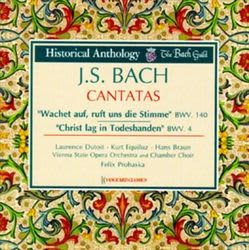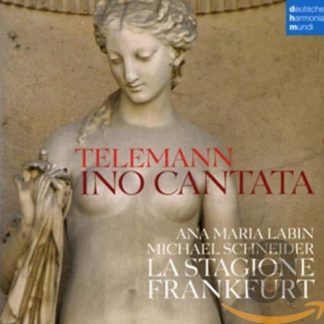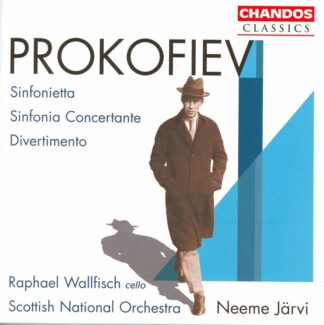Description
Detailed Presentation
|
“Although it was given a new title and opus number when it was first performed in 1952, the Sinfonia Concertante, Op. 125 for cello and orchestra is effectively an extended revision of the Cello Concerto, composed by Prokofiev in the 1930s. That work was finished in 1938, but a decade later Prokofiev’s interest in the cello was reawakened by Mstislav Rostropovich: after he heard him play the Concerto at a Moscow concert in 1947, the composer went backstage and told the cellist he was going to rewrite it. Rostropovich spent some time with Prokofiev during the summers of 1950 and 1951, where the cellist played parts of the work as it emerged and helped the composer with technical advice. It was premiered in its new form in Moscow in 1952. It is scored for an orchestra of classical size inventively used. Something of Haydn’s sense of formal proportion, as well as of elegance and transparency of thought in general, is behind the Sinfonietta, which Prokofiev composed in 1909 as his Op. 5, while still at the St Petersburg Conservatory. He twice revised it before publishing it a second time twenty years later as Op. 5 / 48. It is dedicated to Nikolay Cherepnin, Prokofiev’s conducting professor, who gave Prokofiev a taste for classicism at the same time as he encouraged his pupil’s interest in the new musical trends of the day. Prokofiev composed Trapeze, a short work based on a circus theme for the touring company of Boris Romanov. The piece was written for instrumental quintet as the company could not afford a full orchestra. Later, two movements from this were adapted as the first and third movements of Divertimento, Op. 43. Prokofiev then added a Larghetto he had sketched the previous year, and ended it with a finale that emerged from music intended for The Prodigal Son. |











